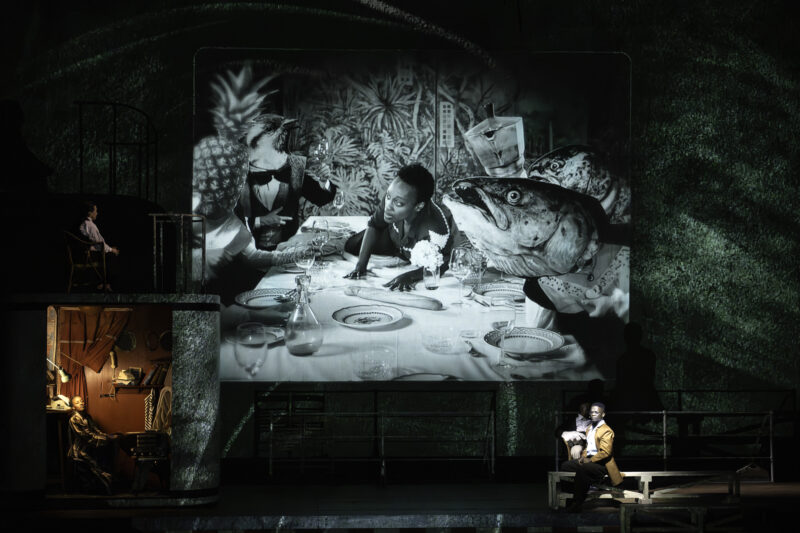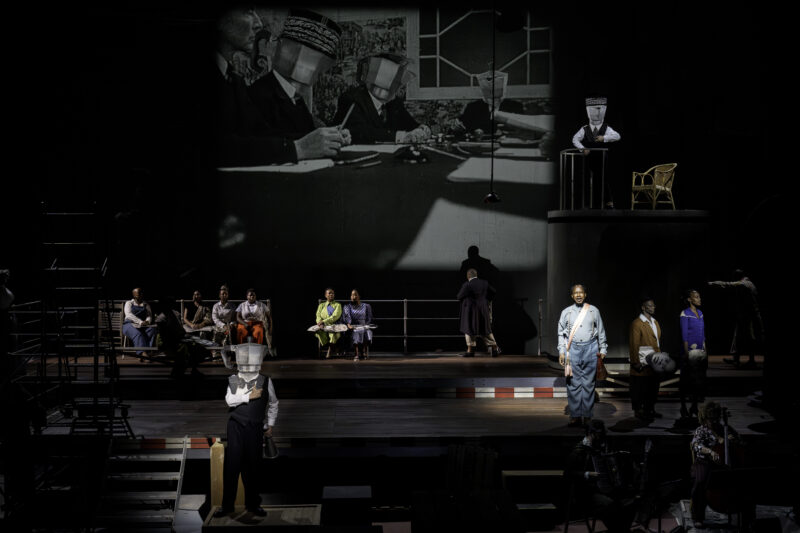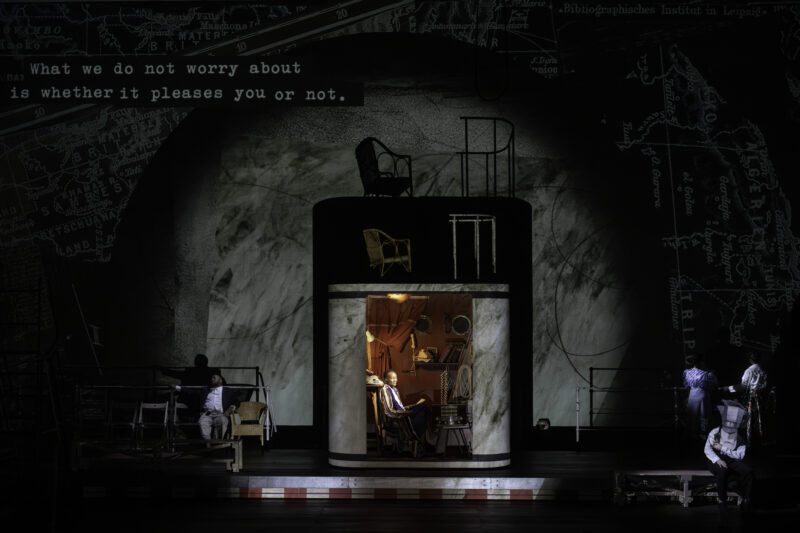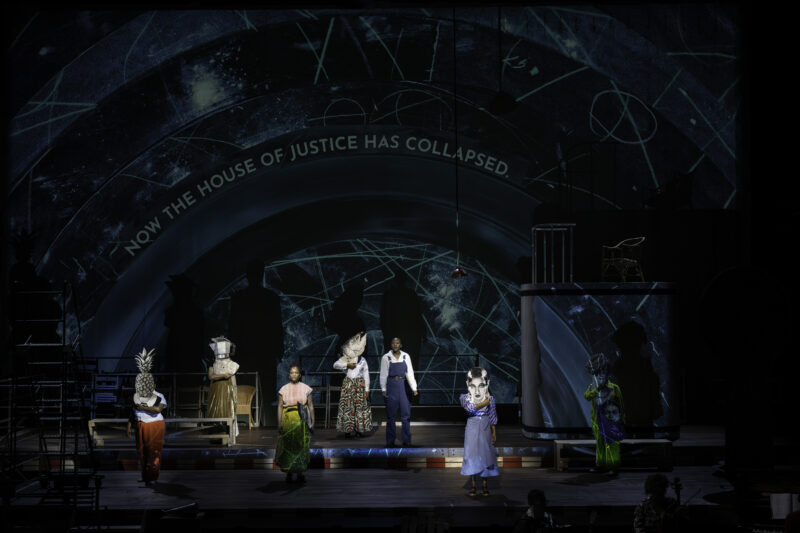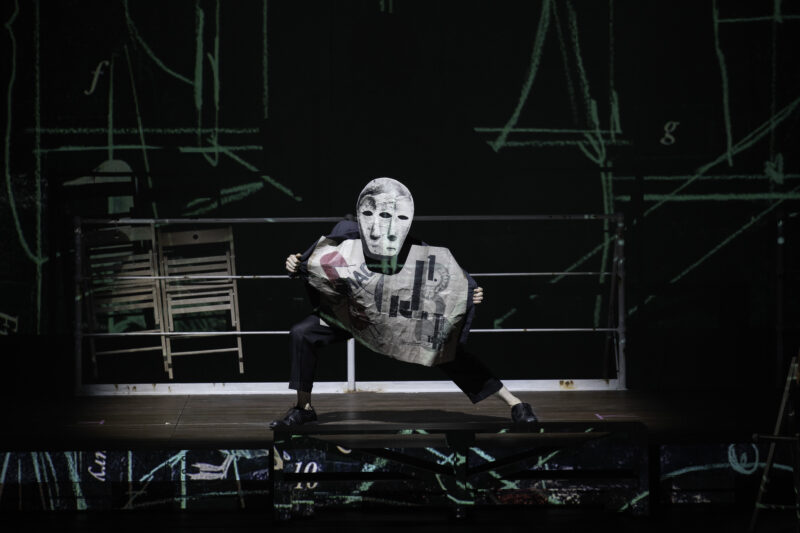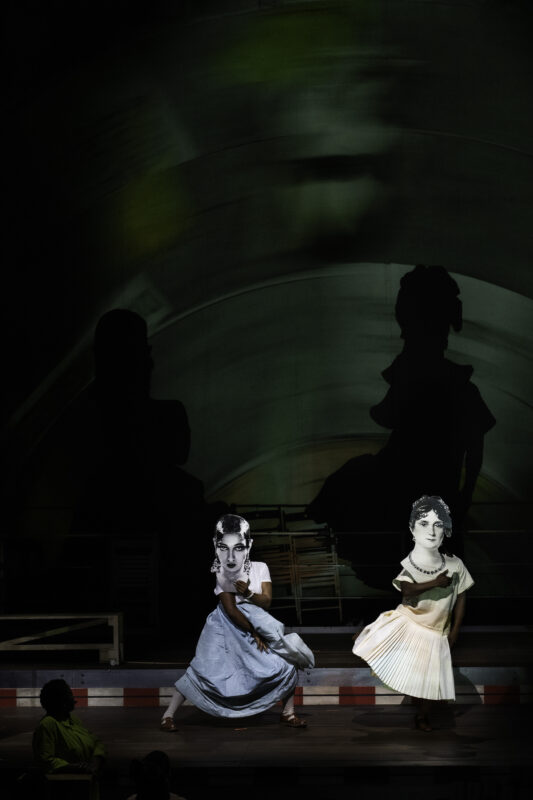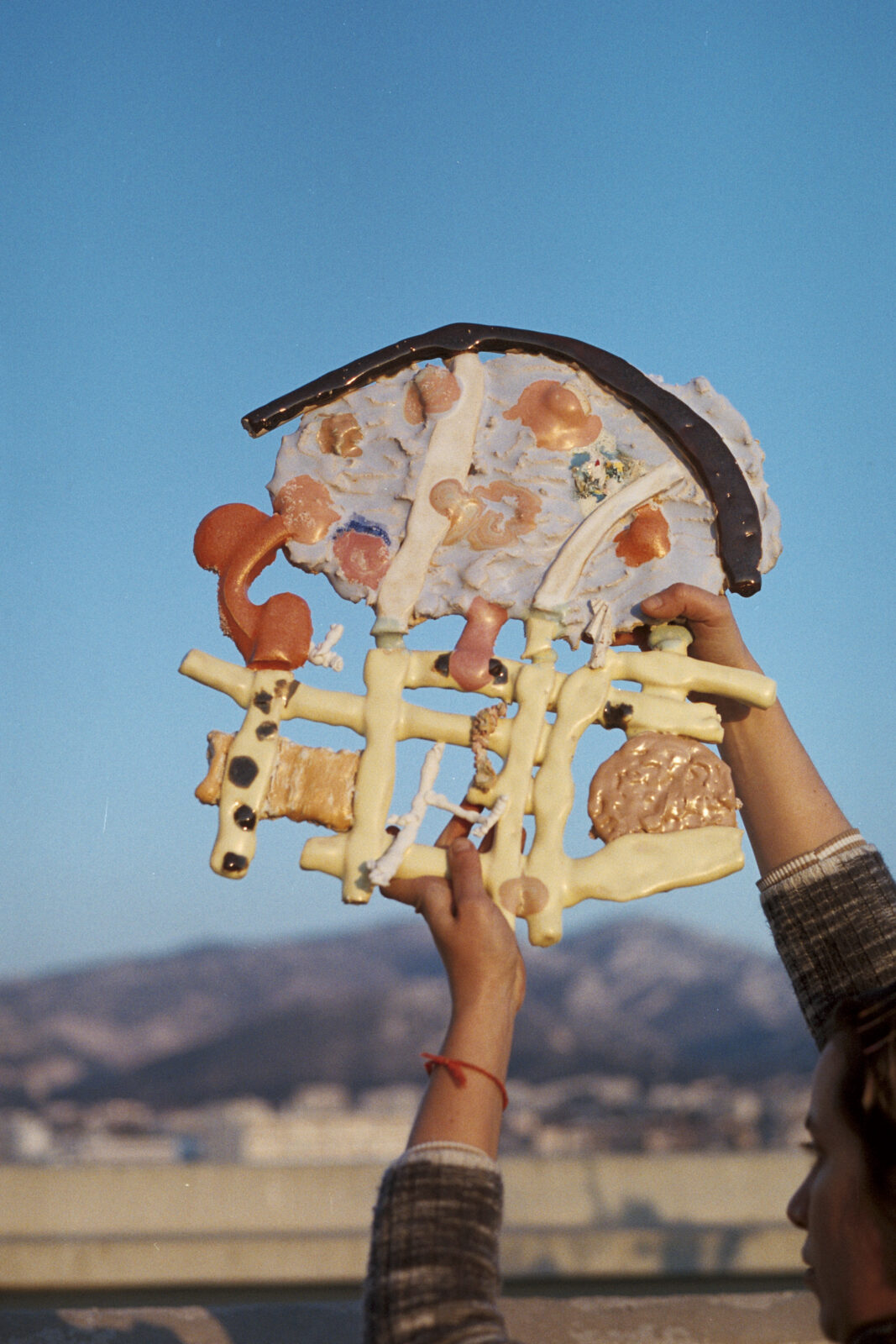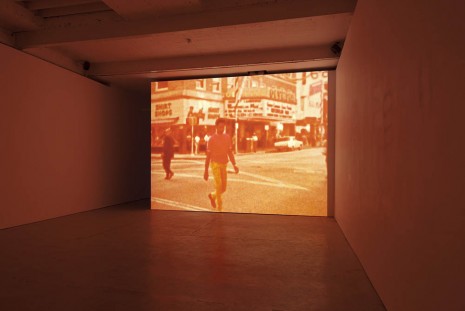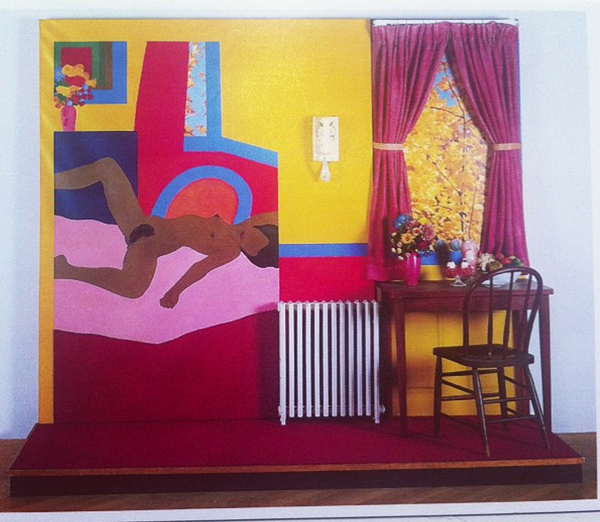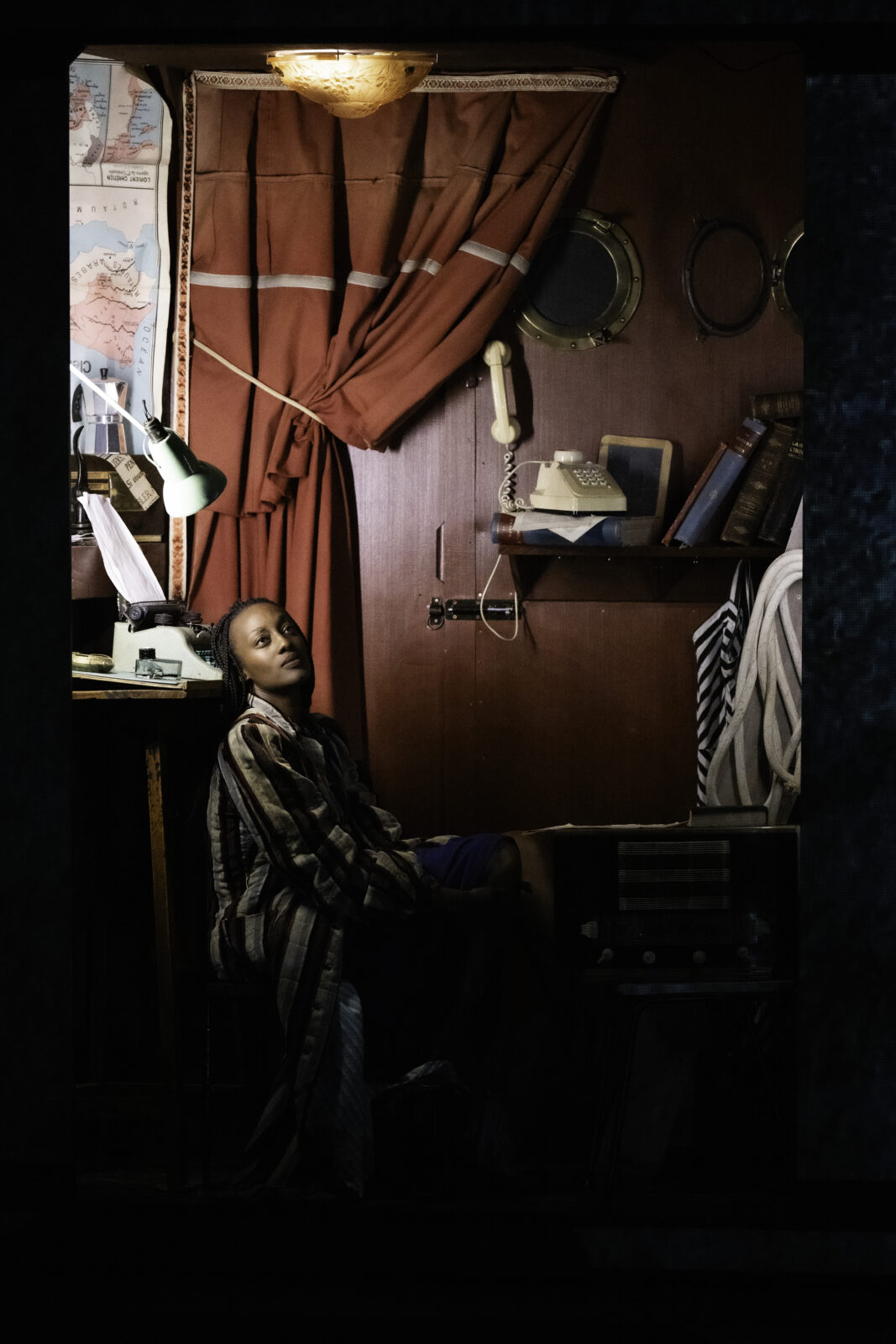
THE GREAT YES, THE GREAT NO
By Alain Berland
Two in one, that’s what the Aix-en-Provence Festival is offering this year. Twice the pleasure; The Great Yes, The Great No is a lot, but it’s good. Relocated to LUMA Arles, the chamber opera created by William Kentridge takes advantage of the artist’s skills as a visual artist to offer not only a lyrical performance, but also a vast exhibition, all in two of the venues of the Parc des Ateliers in Arles. The exhibition, entitled Je n attends plus (I don’t wait any longer), features several variations on a powerful theme: the failure of twentieth-century utopias and the roles played by artists in this context. As always with the South African artist, the work brings together other mediums, including sculpture, engraving, collage, animated film, video, fresco and music, around black-and-white drawing, his main activity. A plethora of plastic activities which, over the last forty years, have been informed by history and the tragic experience of man’s domination by man. These are the same ingredients found in The Great Yes, The Great No. The opera, commissioned by the LUMA Foundation, has its world premiere at the Festival d’Aix-en-Provence. With a modest orchestra of four musicians on stage right, a splendid chorus of seven women performing all the songs, and several narrators, we’re in for an hour and a half of entertainment. It’s about crossing the Atlantic on the mythical cargo ship that left the port of Marseille to flee Nazism in March 1941.
On board, in addition to those who were on the voyage, such as André Breton, we find many imaginary passengers, including Aimé and Suzanne Césaire, Léopold Sédar Senghor, Franz Fanon, as well as Joséphine Baker, Trotski, Stalin and even Joséphine Bonaparte . All these characters, wearing large masks bearing their likenesses, move and converse in a fantasy close to burlesque, blending Charleston and traditional South African songs. While the musical parts, composed by Nhlanhla Mahlangu, win the audience over thanks to the troupe’s fervor, some of the spoken passages, arranged by playwright Mwenya Kabwe, suffer from a lack of creativity on the part of the actors. As for the artist’s images, they are always beautiful and, above all, ingenious. A mask representing the metal top of a coffee pot becomes the metonymy of a product, coffee, whose prosperity has been ensured by the slave trade since the early 17th century. The stage wall is a projection of interlocking revolving circles, giving the illusion that the boat is sailing and the measure of the crossing. It’s this whole that wins us over, a powerful inventiveness of signs and forms that William Kentridge manipulates as always with exceptional dexterity.
The Great Yes, The Great No
William Kentridge
Aix-en-Provence Festival
https://www.festival-aix.com/programmation/opera/great-yes-great-no
